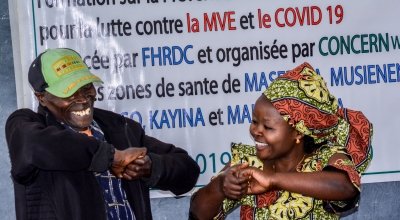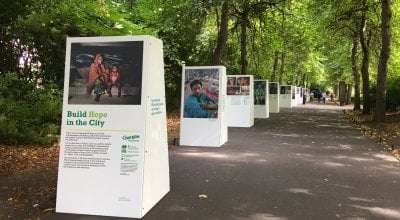
Read our 2024 annual report

Knowledge Hub
Wonder plant revival: sisal production in Haiti
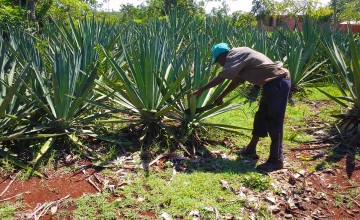
In the heart of the tropical Caribbean lies the poorest country in the western hemisphere: Haiti. Reoccurring natural disasters, persistent drought and political instability have left the country in a state of extreme poverty.
Concern has been present in Haiti since 1994, working on long-term programmes to improve livelihoods, while also responding to emergencies. Livelihood projects aim to help farming communities improve their incomes, and one such project is our work with small scale sisal farmers on the island of La Gonâve off the west coast of Haiti.
La Gonâve Island
La Gonâve Island is home to 83,099 people, and is characterised by harsh weather conditions and a scorching climate. This climate make agricultural production difficult and local communities have very few opportunities to make a living. As a consequence, the islanders are accustomed to extreme levels of poverty, with 89% of people living on less than US$2 per day.
Since October 2014, Concern has been working with local sisal farmers on the island to increase their productivity and profits. The project set out with the aim of supporting farmers through education and improving sisal production and processing techniques. The programme also hoped to increase profits for farmers on La Gonâve Island by supporting their sales of sisal fibres into national and international markets.

What is sisal?
Sisal is a coarse plant which grows in hot and arid regions often unsuitable for other crops. Sisal fibres, which are extracted from the plant, are used in twine, and ropes and woven into carpets and mats.
The sisal plant is considered to be a “wonder plant” because of its versatility, hardy nature and environmental benefits. Over the plant’s life-cycle, sisal absorbs more carbon dioxide than it produces. During processing, it generates mainly organic wastes that can be used to generate bioenergy, and produce animal feed and fertiliser. Needless to say, sisal is proving to be a very promising crop for La Gonâve Island, where weather conditions are so extreme.
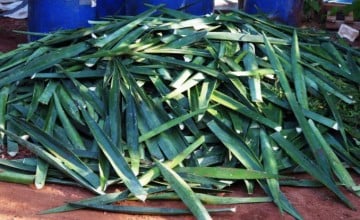
Training received by local farmers
With the aim of increasing productivity and profits for local famers, the programme took a three-pronged approach. Firstly, it set out to encourage knowledge-sharing between farmers; then it focused on improving productivity through education and new production techniques. Finally, the programme aimed to build relationships between sisal farmers, the business sector and national regulatory authorities to increase profits.
A total of 200 farmers and 50 fibre producers from the island took part in the project. Participants were trained in production techniques, nursery management, environmental management and four new processing machines were provided. A committee of local famers was set up to advocate for the programme members and to negotiate prices with sisal buyers. The committee was trained in business management, marketing and leadership, and in October 2015 became an official legally-registered association.
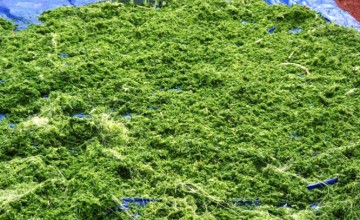
Results of the sisal programme
Since the project began in October 2014, participating farmers have produced 600,000 sisal seedlings in 200 nurseries, and 400,000 seedlings have been transplanted into land. Farmers have improved their sisal processing techniques, and have also learned about processing sisal by-products into fertiliser and animal fodder. Furthermore, the committee has begun national advocacy activities and has been involved in organising of a new forum for sisal producers, in which Government and private sector companies have agreed to participate.
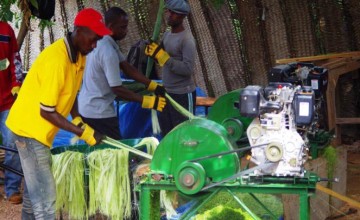
Positive achievements and learnings abound
Concern’s sisal programme on La Gonâve Island faced a number of challenges, the biggest of which was the ongoing drought for the past two years due to El Niño. However, despite the environmental challenges, the sisal project was abounded with positive achievements and learnings.
Farmers gained expertise in sisal production best practice, and received top quality training from leading sisal experts. Families experienced the benefits of a steady income. And crucially, local communities saw the value of livelihood generation.
Concern’s sisal programme not only revived sisal production on the island, but also helped reawaken a lost confidence and hope for the future on the island of La Gonâve.
Want to learn more?



